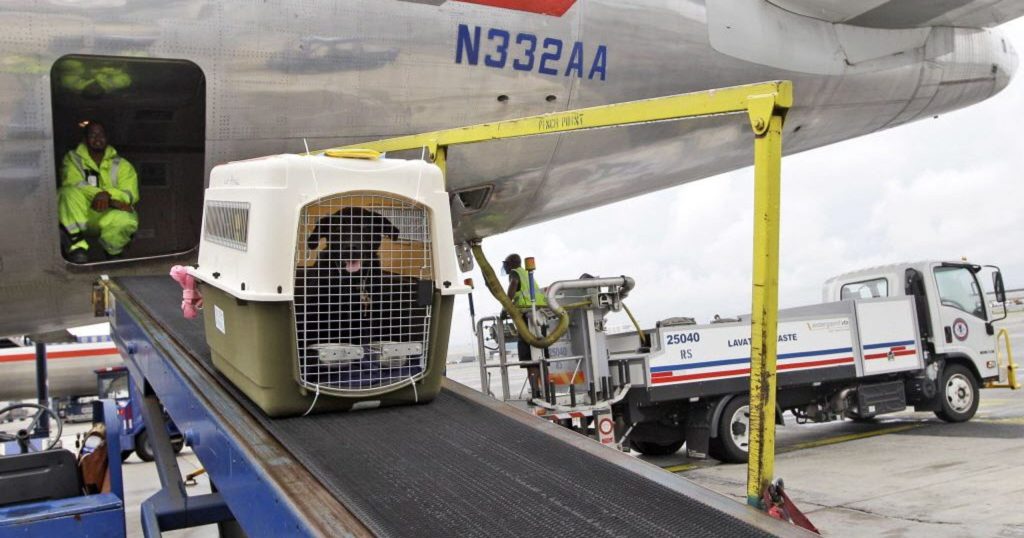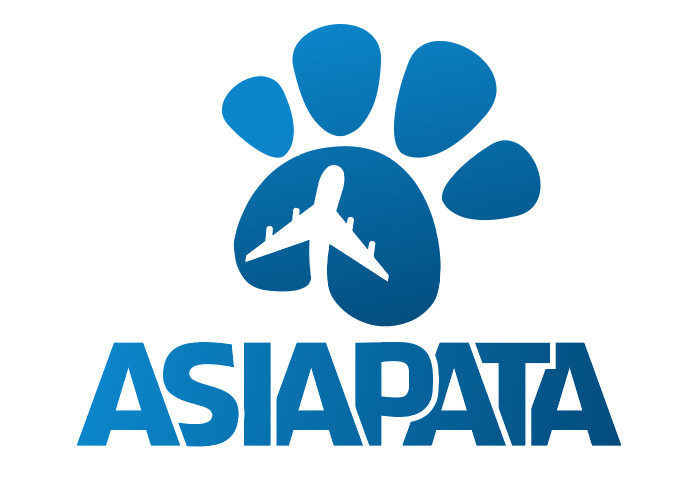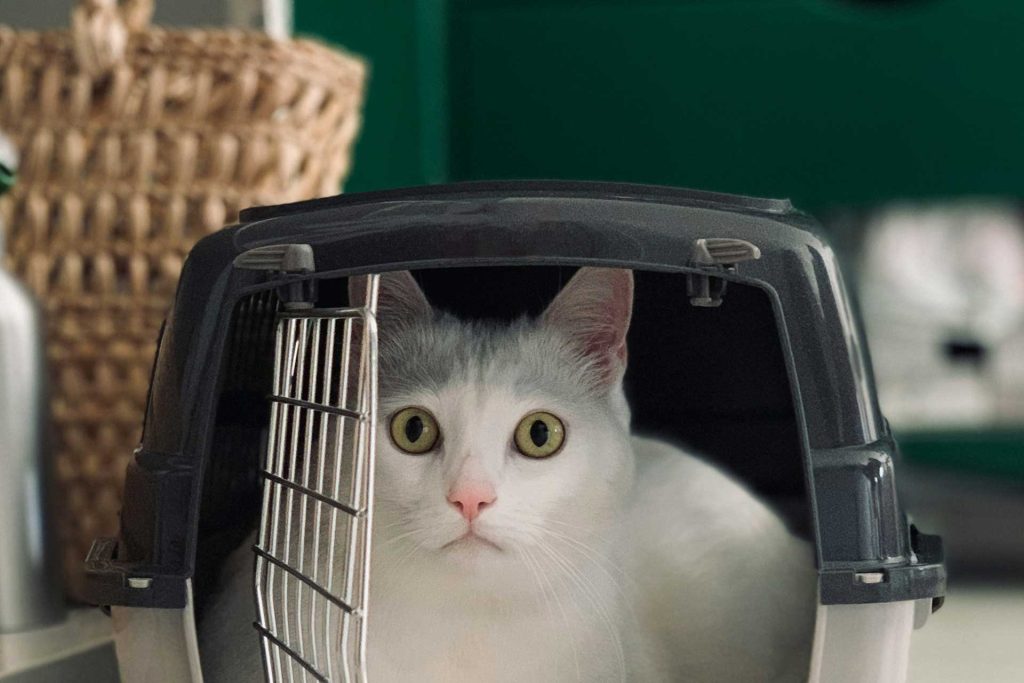How to Prepare Food, Water, and Crate Lining for Long Flights with Pets
Traveling with pets by air, especially on long international routes, requires careful planning. Pets may face stress, limited mobility, unfamiliar sounds, and strict airline rules throughout the journey. To keep them safe and comfortable, owners must prepare suitable food, water, and crate lining before departure. Good preparation not only protects health but also helps pets feel more secure while flying.
This complete guide will show how to properly prepare your pet’s meals, hydration, and crate setup for a long flight while meeting airline and international transport standards.
Why Proper Preparation Matters on Long Flights

During a long flight, pets may experience:
-
Temperature and pressure changes
-
Loud noises in the cargo hold
-
Lack of access to water
-
Limited toilet breaks
-
Stress and anxious behavior
Pets cannot communicate discomfort in the same way humans can. Planning ahead prevents dehydration, digestive issues, and unnecessary stress. Airlines also have strict regulations that you must follow to avoid delays at check-in.
General Airline Rules for Feeding and Watering Pets
Each airline sets its own policies, yet several rules are common:
-
Water bowls must be attached securely inside or outside the crate
-
Water must not spill during transport
-
Loose food is not allowed inside the crate during flight unless permitted
-
Feeding instructions must be clearly labeled on the crate if necessary
-
Food must be packed separately in a sealed bag if required
Always check details with the airline and destination country several days before the flight.
How to Prepare Water for Pets on a Long Flight
Hydration is crucial for pets, particularly during stressful conditions. Follow these tips to ensure your pet has access to water safely.
Use Leak Proof Water Bottles or Bowls
Choose:
-
A non spill water bottle with a ball tip nozzle
-
A secure attachment to the crate door or side
-
Durable, pet safe materials
Bowls that sit on the floor of the crate often spill during loading and unloading. A bottle mounted at head height is more suitable.
Hydrate Before Check in
Give your pet water a couple of hours before flying. Avoid offering too much right before boarding to reduce the chance of accidents.
Freeze Water Before Travel
A useful technique:
-
Fill bottle halfway with water
-
Freeze it before heading to the airport
-
Add a little liquid water before check in
Frozen water prevents spillage while handling the crate and melts gradually during the flight, helping your pet stay hydrated naturally.
How to Prepare Food for Pets on a Long Flight
Do Not Feed Right Before the Flight
Large meals close to departure can cause stomach upset. Pets may feel motion sickness during turbulence. Ideally:
-
Feed the last full meal 4 to 6 hours before check in
-
Provide a small snack only if necessary
This reduces digestive stress and the need for bowel movements mid flight.
Pack Extra Food as a Backup
Although pets are usually not fed during flight, it is important to pack food in case of delays or emergency feeding:
-
Use a resealable bag clearly labeled with feeding instructions
-
Keep it attached to the crate
-
Include only dry food or kibble for hygiene and convenience
Avoid unfamiliar food or treats that may cause allergies.
Follow Special Dietary Requirements
If your pet has:
-
Allergies
-
Digestive disorders
-
Medical feeding needs
Label everything clearly for airline staff. Include a note explaining timing and quantity if food must be given.
How to Line a Pet Crate Properly for a Long Flight
Crate lining protects your pet from discomfort, dirt, and potential urinary accidents during the journey. Here is how to do it correctly.
Choose Highly Absorbent Pads
Suitable options:
-
Disposable pee pads designed for pets
-
Soft, odor controlling liners
-
Non slip material to prevent sliding
Newspapers are not ideal since they tear easily and offer poor odor control.
Allow Enough Space for Movement
Too much bedding reduces usable space. Pets need room to lie comfortably and stand upright. Use just one or two layers of lining.
Control Odor and Moisture
You may add a small amount of pet safe odor absorbing material. Never use harsh chemicals or scented cleaners as they may irritate your pet’s breathing.
Choosing the Right Travel Crate for Long Flights
A proper travel crate is mandatory for international and long distance flights. It must meet IATA (International Air Transport Association) standards.
Main requirements include:
-
Enough space for your pet to stand, turn around, and lie down comfortably
-
Strong, secure metal door lock
-
Ventilation on at least three sides, preferably four
-
Attached water bowls that are easy for staff to refill
-
Sturdy, leak proof base
A well fitting crate improves comfort and reduces injury risk during turbulence.
Additional Tips to Keep Pets Comfortable Throughout the Flight
Help Pets Become Familiar with the Crate Early
Start crate training at least two weeks before travel:
-
Let your pet sleep inside the crate
-
Provide treats and toys inside
-
Create a positive, safe feeling
Routine use turns the crate into a comforting space rather than a stressful one.
Establish a Bathroom Routine
Encourage your pet to relieve itself before leaving home and again before check in. Long flights require minimizing discomfort from full bladder or bowel pressure.
Include Familiar Items
Place a soft blanket or towel carrying your scent. A favorite toy can also reduce anxiety. Ensure items do not overcrowd the crate or pose safety hazards.
Avoid Sedatives Unless Prescribed
Sedatives may interfere with breathing under cabin pressure adjustments. Only use medication if approved by a veterinarian and documented properly.
Mistakes to Avoid When Preparing a Pet for Air Travel
Common errors include:
-
Feeding too close to flight time
-
Using a water bowl that spills easily
-
Selecting a crate too small for your pet
-
Packing too many items inside the crate
-
Forgetting to attach identification labels
Small mistakes can cause delays or unnecessary stress. Thorough preparation builds a safer journey.
What to Label On the Pet Crate
Clear labeling ensures handlers know how to care for your pet:
-
Pet’s name and your contact information
-
Feeding and watering instructions
-
Arrows indicating upright direction
-
Health notes if your pet has dietary restrictions or medical conditions
Use waterproof and durable stickers or hang tags.
Checklist Before Leaving Home
Here is a final checklist to simplify your preparation process:
-
Confirm airline policies and crate requirements
-
Ensure tags and documents are attached securely
-
Freeze water bottle partially to prevent spill
-
Feed your pet 4 to 6 hours before check in
-
Place absorbent lining on crate floor
-
Provide familiar blanket or toy
-
Pack extra food labeled clearly
-
Allow your pet time to relieve itself before travel
-
Do a comfort and safety check inside the crate
A checklist helps avoid forgetting any important step during a busy travel day.
Conclusion
Long flights with pets require thoughtful preparation. Proper management of food, water, and crate lining helps prevent dehydration, anxiety, and hygiene problems. Giving your pet the right level of comfort and security ensures a more relaxed experience during air travel.
To recap:
-
Provide a secure, leak proof water system
-
Feed correctly before the flight and pack spare food
-
Use absorbent, comfortable crate lining
-
Choose a suitable crate that follows international standards
Your pet depends entirely on your planning for its well being. Investing time in preparation means peace of mind for both you and your pet during the entire journey. A smooth and comfortable flight is absolutely possible when you follow the right guidance.
Read more:


 Pet Passport – When Is It Necessary?
Pet Passport – When Is It Necessary?